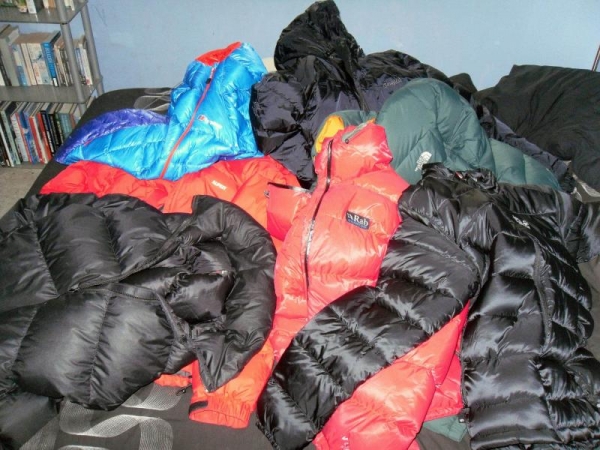Wouldn’t it be cool if you could buy a drone to fly up into the blue skies during these long sunny summer days?! Wouldn’t it be great if you could strap an action camera to it and record yourself and your family & friends larking around down on the ground?! Wouldn’t it be just super if you could sell these photos and videos to make a few pounds on the side? For less than £400.00 you can now buy a personal ‘drone’ on the high street, strap your GoPro underneath and film away to your hearts content. What many people don't realise, however, is that the use of UAVs(Unmanned Aerial Vehicles), or drones, is regulated by the Civil Aviation Authority and not exactly the "free for all" they think.
A typical hobby UAV costing around £300
But what is a drone? It's a phrase thats been used extensively in the press over the last 15 years, images of fully armed reapers sweeping over Afghanistan spring to the mind or the recent promise of an unmanned pizza delivery flight straight to our doors shortly. Drone means an aircraft that can fly with a degree of autonomy. But surely your four hundred quid high street drone can’t do this? Well, yes it can but thats a whole other article. These hobbyist model aircraft are generally in a four rotor configuration and fly using a clever flight controller to vary the sped of the rotors to create thrust, yaw and pitch. They are also (in the most part) fitted with sensor packages that include GPS. This GPS cleverly allows an individual with no model radio control experience to fly around like a pro regardless of orientation. Have you ever tried to fly a model helicopter? It’s not easy is it? Well these quadcopters couldn't be simpler to fly......you can even control many from your smartphone or tablet while simultaneously streaming live images.
The problem with this accessibility is that the simple flight controls mean these little aerial vehicles are increasingly being used in places that traditional model aircraft would never be flown. Over people, over towns and cities, in the hills and mountains, along railways. A simple Google search will throw up 1000’s of these videos worldwide. Many of them are of excellent quality. What many of these hobbyists don't realise is that there are rules and regulations governing these high street drones. This information is not made easily available at the point of sale. It is out there, but its buried within complex documents such as the Civil Aviation Authorities Air Navigation Order. Organisations such as The British Model Flyers Association will give you guidance but first you need to know they exist!
In essence, provided the aircraft has a mass of 20 kg or less, the current regulations state:
- The operation must not endanger anyone or anything.
- The aircraft must be kept within the visual line of sight (normally taken to be within 500 m horizontally and 400 ft vertically) of its remote pilot (i.e. the ‘person in charge’ of it). Operations beyond these distances must be approved by the CAA (the basic premise being for the operator to prove that he/she can do this safely).
- Small unmanned aircraft (irrespective of their mass) that are being used for surveillance purposes are subject to tighter restrictions with regard to the minimum distances that you can fly near people or properties that are not under your control. If you wish to fly within these minima, permission is required from the CAA before operations are commenced.
- CAA permission is also required for all flights that are being conducted for aerial work (i.e. in very simple terms, you are getting paid for doing it).
- The 'remote pilot' has the responsibility for satisfying him/herself that the flight can be conducted safely.
- Unmanned aircraft with an operating mass in excess of 20 kg are required to be registered with the CAA
To operate unmanned aerial vehicles or remote piloted aircraft in UK airspace commercially is a whole different story. You must have insurance, the pilot must be qualified and you must have a permit for aerial work that is issued by the Civil Aviation Authority.
At the present time there are no RPA pilot licenses recognised in aviation law. However, it is essential that pilots of any aircraft have at least a basic understanding of the applicable regulations, in particular the Air Navigation Order and Rules of the Air Regulations. Therefore, the CAA will require a potential RPA operator to demonstrate that the pilot is appropriately qualified before any operating permission is issued.
The Basic National UAS Certificate for Small Unmanned Aircraft (BNUC-STM) is available from EuroUSC and is a UAV-specific qualification. Pilots must demonstrate the necessary skills and knowledge to pass the ground exam and flight test. The CAA recognises the BNUC-STM as evidence of pilot competence.
The Remote Pilot Qualification - Small Unmanned Aircraft (RPQ-S) is available from the Resource Group and is a UAV-specific qualification. Pilots must demonstrate the necessary skills and knowledge to pass the ground exam and flight test. The CAA recognises the RPQ-S as evidence of pilot competence.
The airframes that specialist companies like ROAVR, based in the Highlands of Scotland, operate commercially cost upwards of £6,000 each and have extensive failsafes built in. The flight control systems and GPS systems are to a much higher specification than your hobby drone and operators are subject to a myriad of controls, just the same as manned flight.
Professional level UAVs are often multirotor machines with 6 or 8 rotors, compared to the 4 in most hobby craft
So, enjoy your quadcopter but please bear in mind the safety and if your are looking to employ the services of a commercial UAV operator, check they have the right qualifications, insurance and a permit for aerial work.





